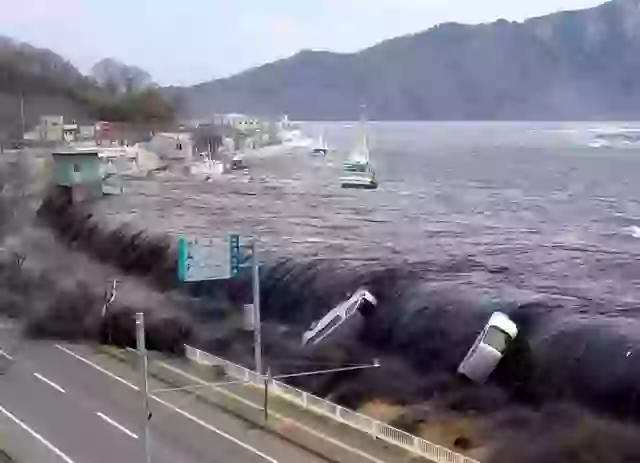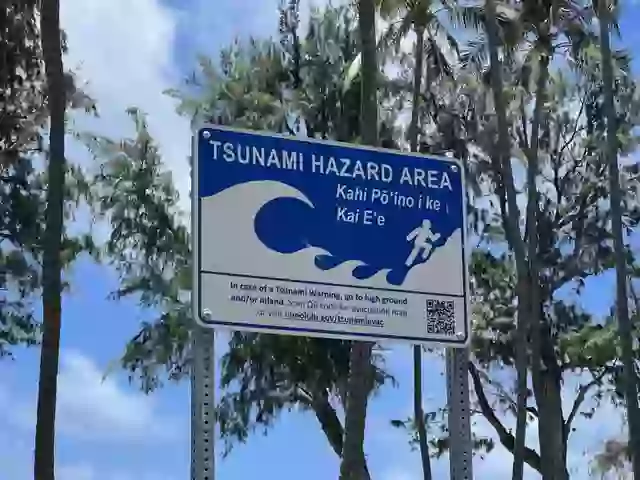8.8 Earthquake Off Russia Sparks Global Tsunami Alerts — Evacuations Underway Across Pacific
The world held its breath on Wednesday after an 8.8 magnitude earthquake — one of the most powerful ever recorded — struck off the coast of Russia, sending tsunami warnings rippling across the Pacific and leaving millions on high alert.
The quake, which experts say is now the sixth-strongest earthquake in modern history, struck in the seismically active waters near the Kamchatka Peninsula, a remote but volatile region where tectonic plates collide deep beneath the ocean floor.
Within hours, 4-foot waves reached Hawaii, and evacuations were ordered in low-lying areas across Japan, Russia, and parts of the U.S. West Coast.
A Tremor Felt Around the World
According to the U.S. Geological Survey (USGS), the earthquake’s epicenter was about 74 miles (119 kilometers) southeast of Petropavlovsk-Kamchatsky, Russia, at a depth of 20.7 kilometers.

What made the quake especially alarming wasn’t just its size — but its location underwater, which dramatically increases the risk of tsunamis.
Two major aftershocks followed — measuring 6.3 and 6.9 magnitudes — along with several smaller tremors, each one a reminder that the earth beneath the Pacific was still shifting and unstable.
For many, this quake evokes memories of the devastating 2011 Japan earthquake, a 9.0 magnitude event that triggered a tsunami and nuclear disaster, killing nearly 20,000 people.
Waves Already Hitting Hawaii
In Hawaii, officials confirmed that waves between 4 and 5 feet reached parts of the islands, including Kahului, on Maui.
“The tsunami will wrap around the islands,” warned Hawaii’s governor, urging coastal residents to move to higher ground.
Flights in and out of Maui’s airport were temporarily canceled, with passengers stranded as authorities assessed the ongoing threat.
By late evening, the tsunami warning for Hawaii was downgraded to an advisory, but officials cautioned that dangerous surges and unpredictable waves could continue for hours.
Which Areas Are Most at Risk?
The scope of the alerts is unprecedented in recent years.
-
Japan: Over 1.9 million people were ordered to evacuate after warnings that waves up to 3 meters (10 feet) could reach northern and eastern coasts.
-
United States: The highest-level tsunami alerts extend down the California coast from Cape Mendocino to the Oregon border, with advisories for the rest of the West Coast.
-
Pacific Islands: Guam, American Samoa, and the Northern Mariana Islands are also on alert.
-
South America: Nations like Chile, Peru, and Ecuador issued warnings, and residents of the Galapagos Islands were warned of waves expected to reach 1.4 meters (4.6 feet).
-
Mexico and Central America: A sweeping tsunami alert was issued from Ensenada to Panama.
The warnings reach as far as Papua New Guinea, the Solomon Islands, and Vanuatu — a testament to just how wide the impact of this quake could be.

Global Leaders Respond
Even as scientists scrambled to analyze incoming wave data, political leaders weighed in.
Former U.S. President Donald Trump posted on Truth Social:
“Due to a massive earthquake that occurred in the Pacific Ocean, a Tsunami Warning is in effect for those living in Hawaii. A Tsunami Watch is in effect for Alaska and the Pacific Coast of the United States. Japan is also in the way.
Please visit tsunami.gov for the latest information. STAY STRONG AND STAY SAFE!”
Other officials urged calm but stressed the urgency of immediate evacuation for anyone in danger zones.
How to Stay Safe During a Tsunami
Emergency agencies across multiple countries issued guidelines for staying safe:
✅ Move to higher ground immediately — ideally at least 100 feet above sea level and a mile inland.
✅ Stay off beaches, harbors, and marinas.
✅ Don’t go to the shore to “watch” the waves. Many tsunami fatalities occur because of curiosity, not direct impact.
✅ Listen to official updates on the radio, TV, or your phone.
Experts also warn of tsunami signs: a loud, roaring ocean sound or the sudden retreat of water from the shoreline are red flags that a powerful wave is imminent.
A Global Wake-Up Call
Wednesday’s earthquake is the largest recorded since the 2011 Japan quake and a reminder of how fragile coastal life can be.
“We live on a planet that’s constantly moving,” said Dr. Kenji Tanaka, a seismologist in Tokyo. “Events like this show us that, despite our technology, nature still has the final word.”
The Situation Remains Fluid
As of this writing, waves are being closely monitored by deep-ocean tsunami sensors. Some warnings have already been downgraded, but many remain in effect — and the risk of aftershocks or additional waves still looms.
For now, coastal residents from Japan to California remain on edge, waiting for the all-clear that may not come for hours.